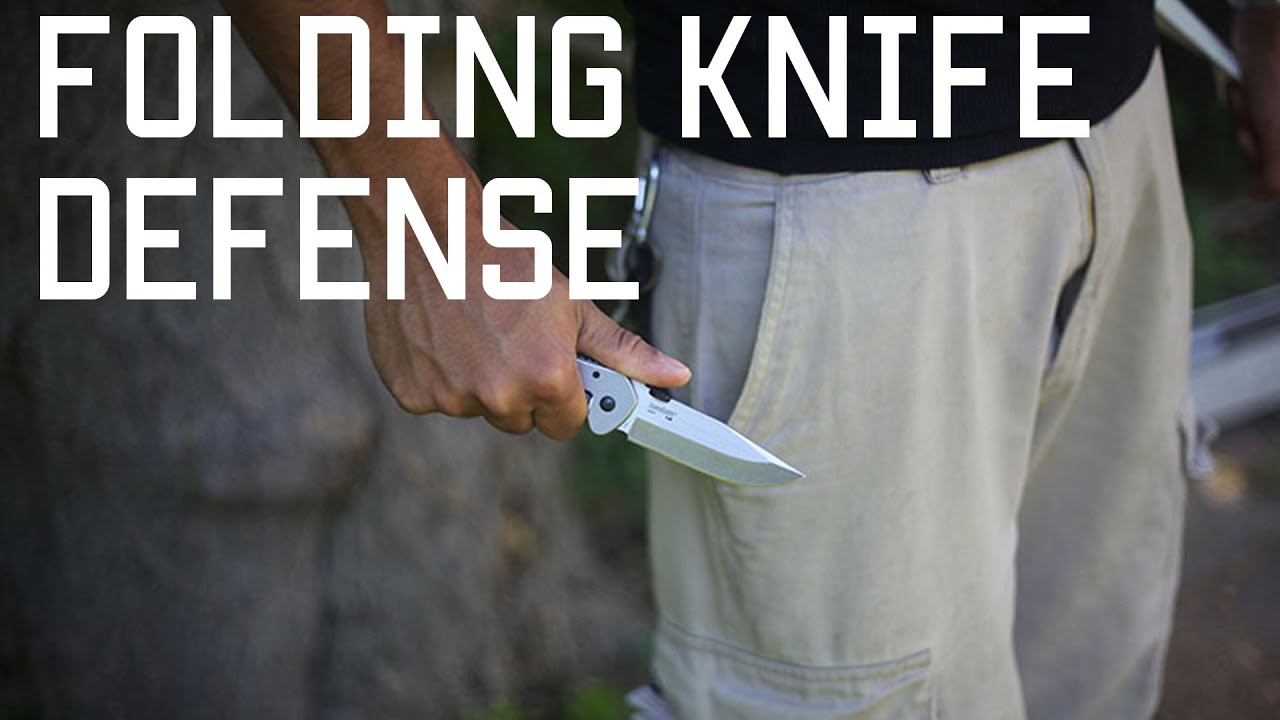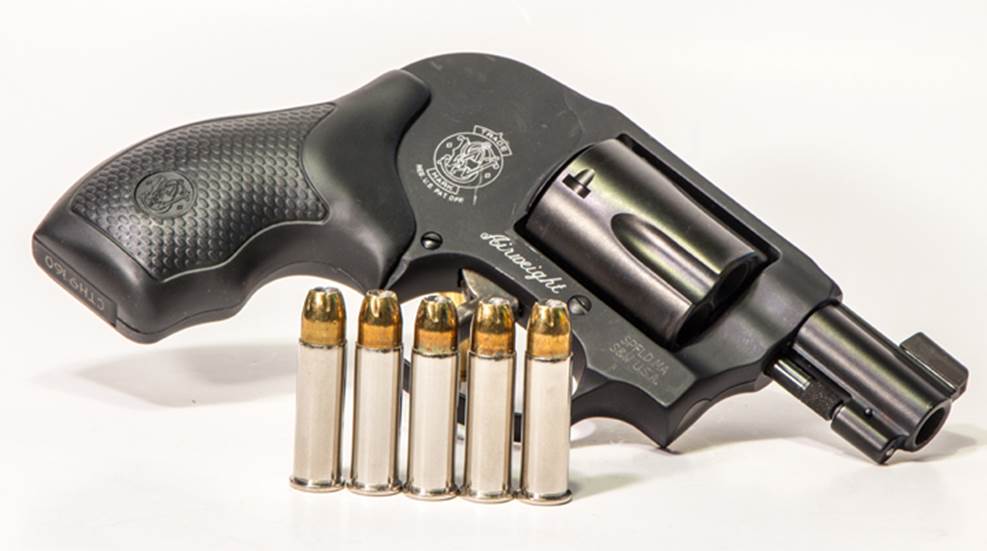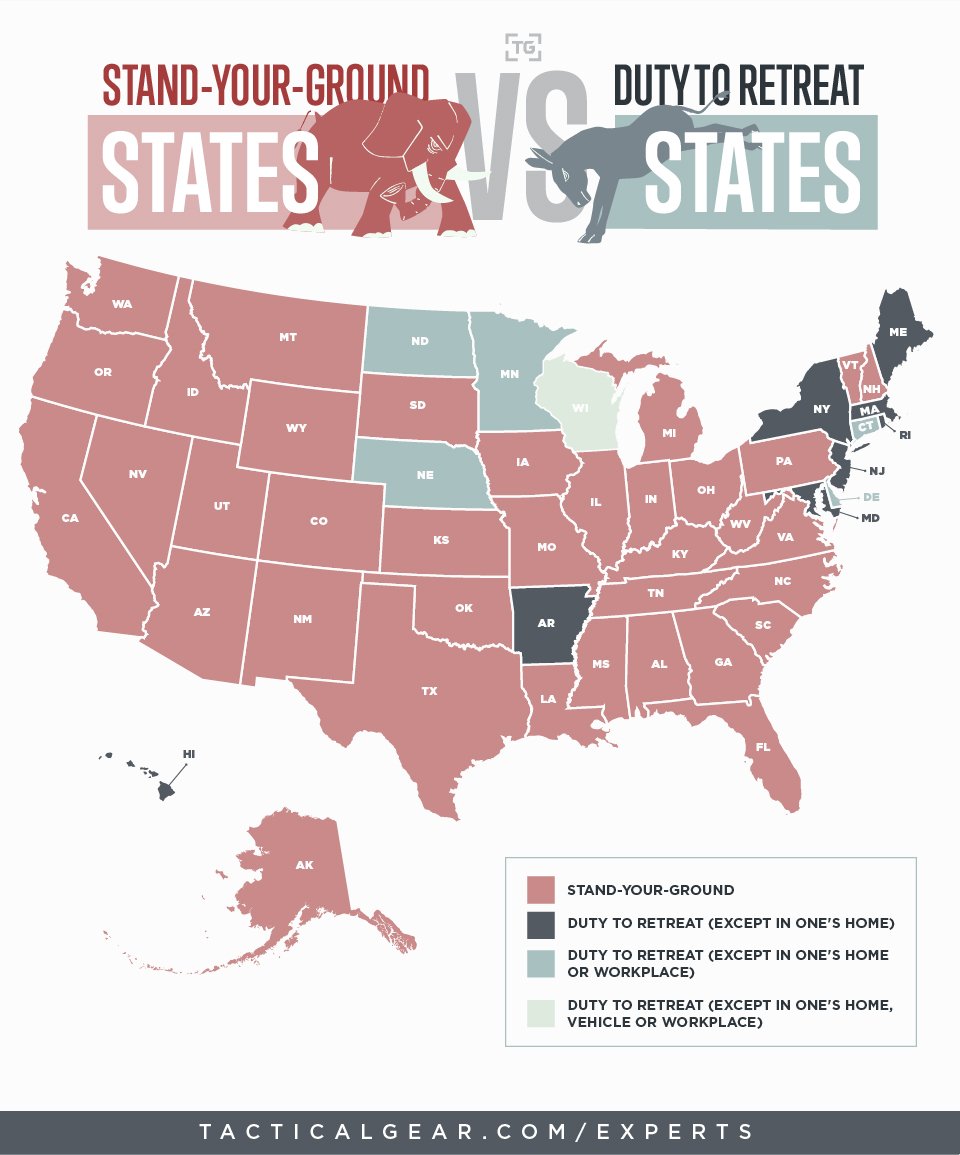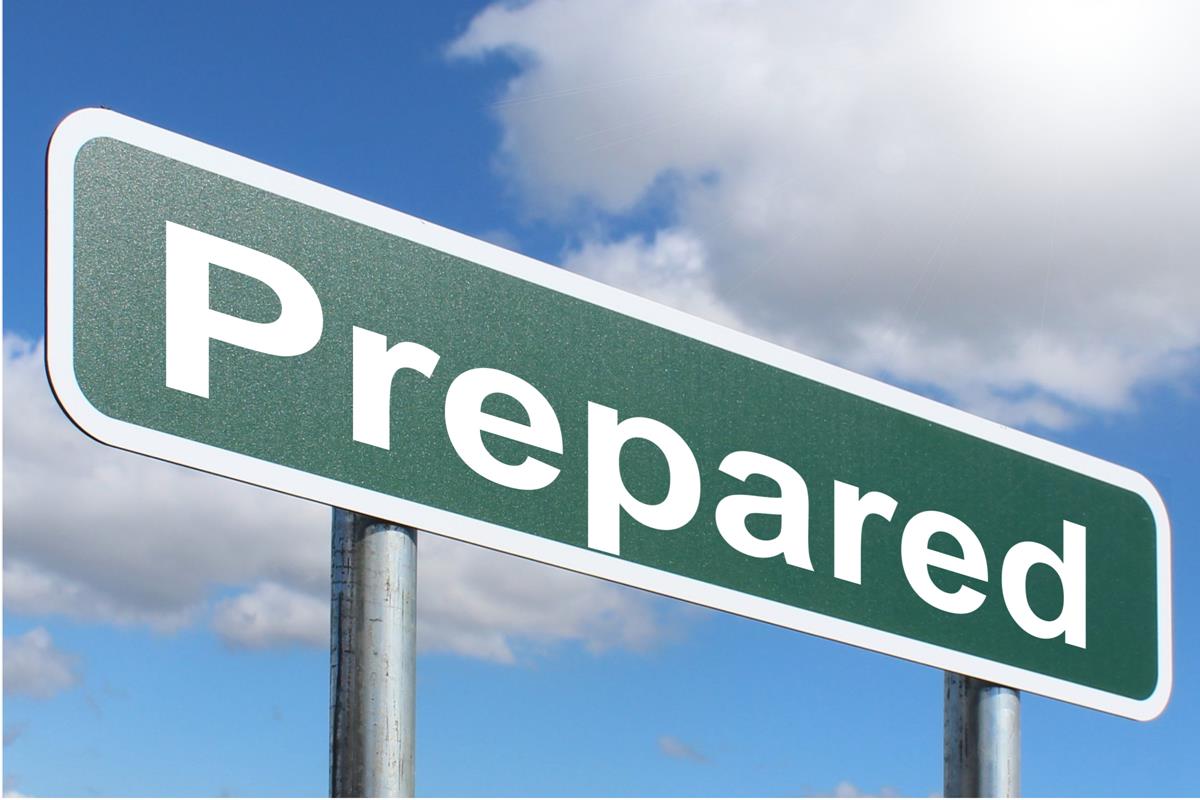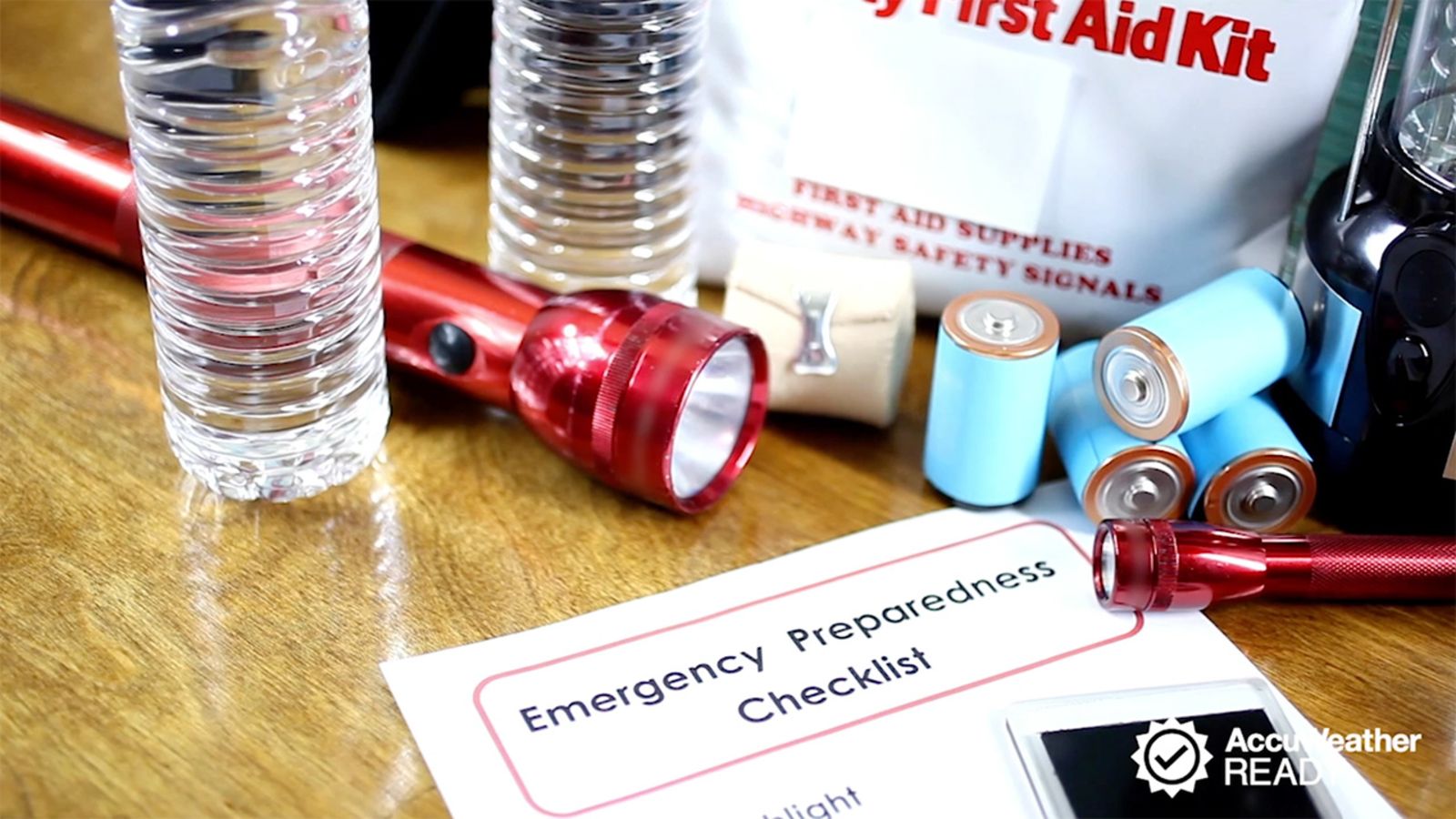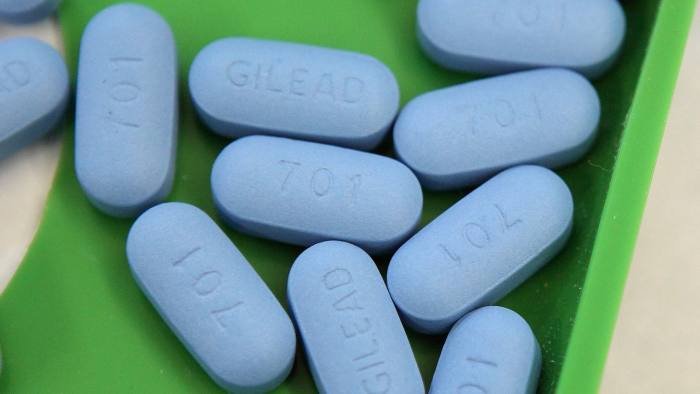What to Put in a Storm Kit
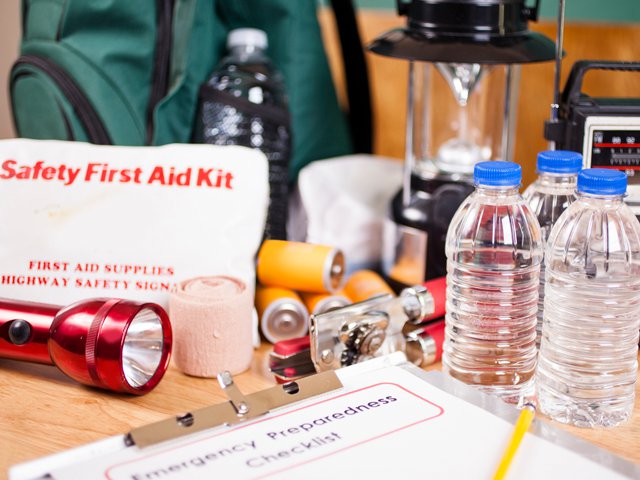
In the event of a natural disaster, such as a hurricane, tornado, or flood, it’s important to be prepared with an emergency kit that includes essential supplies. Here’s a detailed guide on what to include in your storm kit:
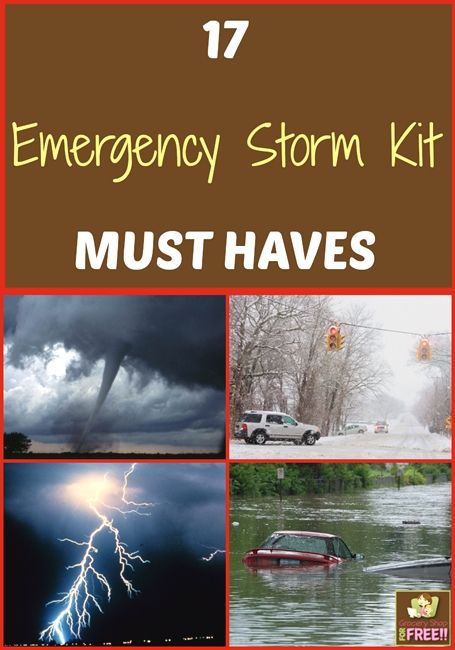
1. Food and Water:
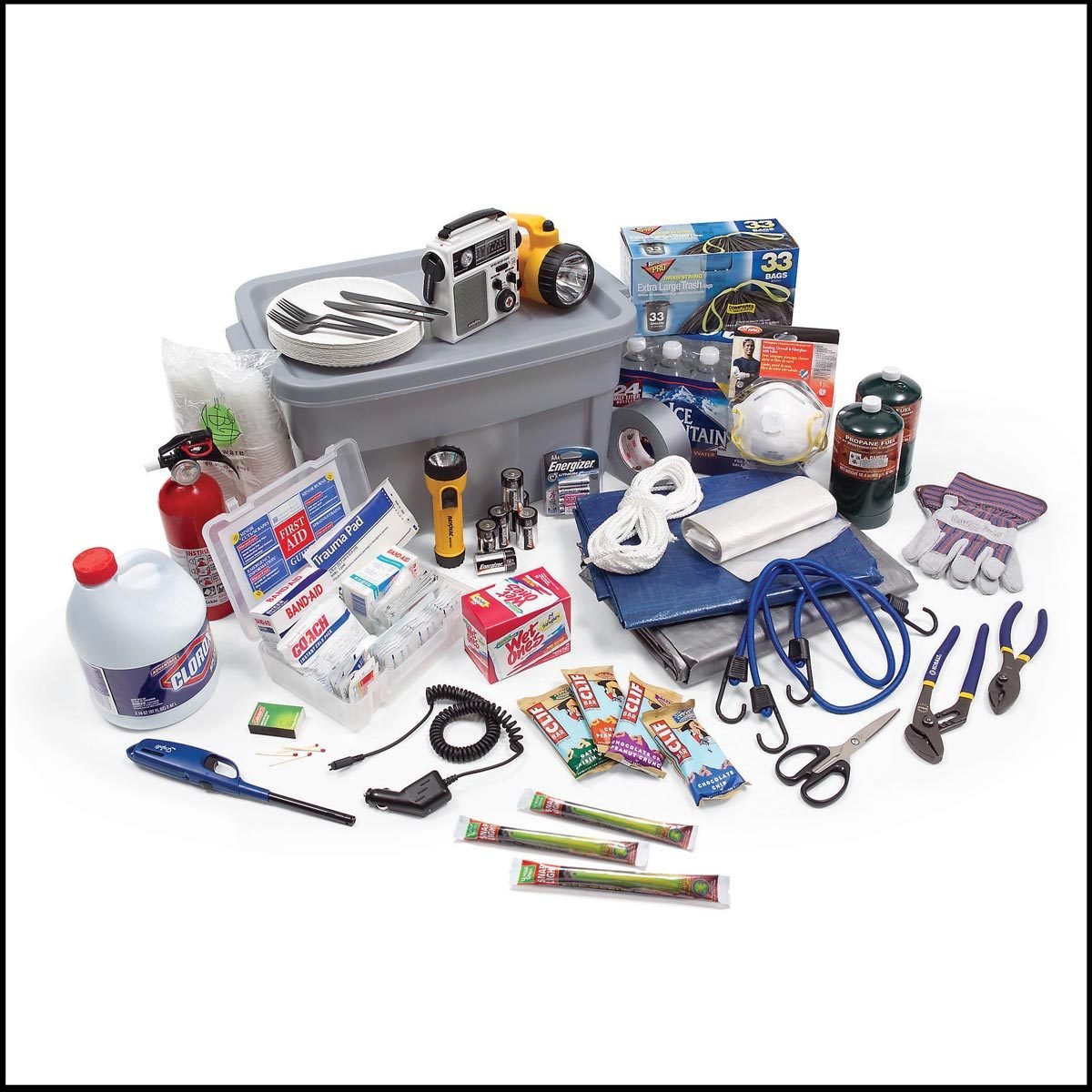
- Non-perishable food items that don’t require cooking or refrigeration, such as canned goods, dried fruits, granola bars, and energy bars.
- Water bottles or water purification tablets to provide at least 3 litres of water per person per day.
2. First Aid Supplies:
- Adhesive bandages of various sizes to treat minor cuts and injuries.
- Antiseptic wipes or soap and water to clean wounds.
- Pain relievers such as ibuprofen or acetaminophen.
- Anti-diarrheal medication to treat stomach upset.
- First Aid manual or instruction guide.
3. Flashlight and Batteries:
- Include a sturdy flashlight with extra batteries. Flashlights are essential during power outages and can help you navigate dark areas.
4. Radio:
- Pack a battery-operated or hand-crank radio to stay informed about weather updates and emergency instructions.
5. Medications:
- Keep a supply of any prescription medications you or your family members take on a regular basis. Make sure to include extra doses in case of prolonged disruptions.
6. Clothing and Bedding:
- Pack a change of warm clothing, rain gear, sturdy footwear, and bedding for each person. Include something for sleeping, like blankets or a sleeping bag.
7. Personal Hygiene Items:
- Pack a small supply of toilet paper, soap, shampoo, deodorant, and other essential hygiene items.
8. Important Documents:
- Keep copies of essential documents such as your ID, insurance policies, and emergency contact information in a waterproof container.
9. Cash and Valuables:
- Have some cash on hand in small denominations, as ATMs may not be accessible during emergencies. Consider keeping a small amount of gold or silver for barter if necessary.
10. Tools and Multi-purpose Items:
- Include a multi-purpose tool with a knife, pliers, screwdriver, and other useful tools. You may also want to pack duct tape, plastic sheeting, and a small generator.
11. Pet Supplies:
- If you have pets, remember to include food, water, and medications for them. Consider a pet carrier or crate as well.
12. Special Needs:
- If you have specific dietary or medical needs, make sure to include those items in your kit. This could include items like eyeglasses, hearing aids, or medical equipment.
13. Sanitation Supplies:
- Pack a supply of disposable gloves, hand sanitizer, and disinfectant wipes to maintain hygiene and prevent the spread of germs.
14. Light Sticks or Emergency Lighting:
- Keep light sticks or emergency lighting source in your kit to provide light in case of power outages.
15. Communication Devices:
- Have a cell phone and a portable charger in case regular phone lines are down. Consider a whistle or signaling device for emergencies.
16. Entertainment and Activities:
- Include some books, games, or other entertainment options to keep occupied during prolonged emergencies.
17. Fire Extinguisher:
- Having a small fire extinguisher can help you contain small fires and prevent them from spreading.
18. Emergency Evacuation Plan:
- Develop an emergency evacuation plan and make sure all family members know what to do in case of an emergency.
Remember, your storm kit should be easily accessible and stored in a secure location. It’s a good idea to review your kit regularly and make updates as needed.

